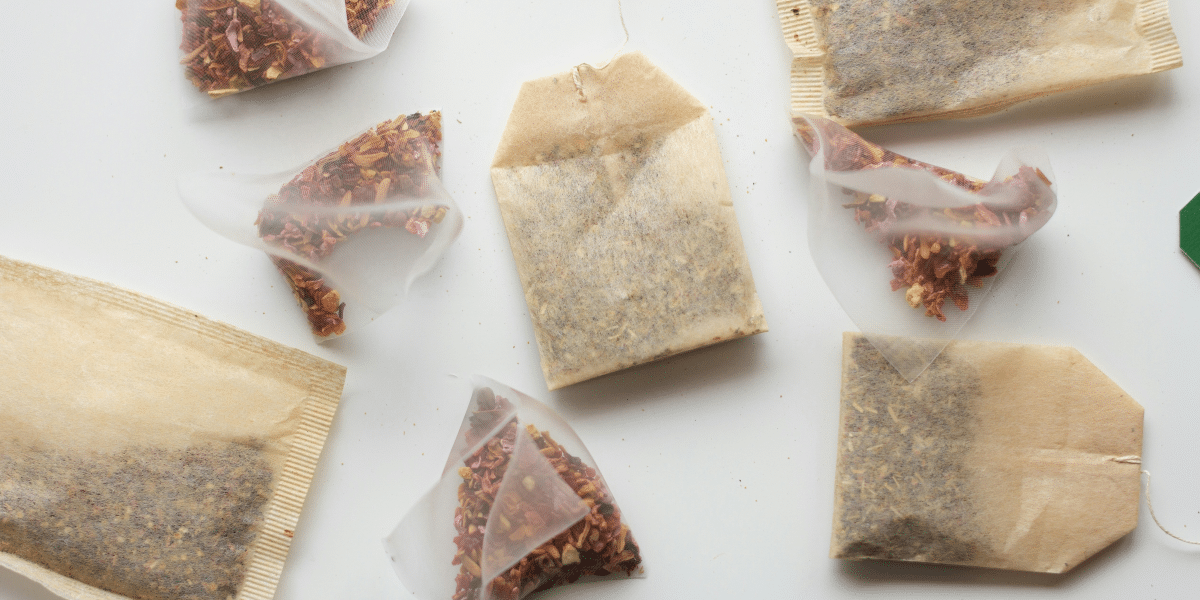In the grand tapestry of life, where every detail matters, the debate between loose leaf vs bagged tea is more than just a question of convenience; it’s a matter of essence and experience. Let’s delve into this discussion and see why loose leaf tea stands as the embodiment of sophistication and purity.
The Essence of Flavor
Loose Leaf Tea:
Imagine a world where every sip is an exploration of nature’s finest offerings. Loose leaf tea captures the whole essence of the tea leaf, presenting you with flavors that are rich, complex, and alive. The leaves unfurl fully in the water, releasing an intricate symphony of tastes that are unmatched by any bagged counterpart.
Bagged Tea:
Bagged tea, on the other hand, often sacrifices this richness for convenience. The leaves are broken down, reducing their ability to fully express their flavors. What you get is a diluted, less vibrant experience – akin to listening to a symphony through a tin can.
The Journey of Health
Loose Leaf Tea:
Loose leaf tea is not just about flavor; it’s a journey towards better health. The whole leaves are packed with antioxidants and nutrients, offering a more potent brew. These compounds are essential for fighting free radicals in the body, promoting overall wellness and vitality. Drinking loose leaf tea is like embracing a natural elixir that enhances your life force.
Bagged Tea:
While bagged tea does contain beneficial properties, the reduced quality of the leaves means fewer nutrients make it into your cup. It’s a compromise that, while convenient, leaves you with less of the health benefits you deserve.
The Environmental Harmony
Loose Leaf Tea:
In a world increasingly aware of its environmental footprint, loose leaf tea offers a more harmonious choice. It often comes in minimal, recyclable packaging and eliminates the need for individual tea bags, which can contain plastics and other non-biodegradable materials. It’s a step towards a more sustainable lifestyle.
Bagged Tea:
Bagged tea contributes to waste – from the bags themselves, which often contain non-compostable materials, to the individual wrappers that each tea bag comes in. It’s a cascade of waste that stands in stark contrast to the elegance of loose leaf tea.
The Art of Brewing
Loose Leaf Tea:
Brewing loose leaf tea is an art form, a ritual that allows you to connect with the tea on a deeper level. You control the amount of tea, the steeping time, and the water temperature, creating a cup that’s tailored to your exact preferences. It’s a personal experience, a moment of tranquility and mindfulness.
Bagged Tea:
Bagged tea is about speed and convenience, often at the expense of quality. You’re limited to the strength and flavor profile that the manufacturer has decided, leaving little room for personal expression or experimentation.
The Value Proposition
Loose Leaf Tea:
While it might appear that loose leaf tea is more expensive, the reality is it offers better value. The leaves can often be resteeped multiple times, each infusion bringing out different nuances of flavor. You’re investing in a richer, more fulfilling experience.
Bagged Tea:
Bagged tea may seem cheaper, but each bag is a single-use item, leading to quicker consumption and more frequent purchases. It’s a fleeting convenience that doesn’t stand the test of time.
In the grand comparison of loose leaf vs bagged tea, loose leaf emerges as the clear victor. It offers a richer flavor, greater health benefits, a smaller environmental impact, and a more personalized brewing experience. Bagged tea has its place in moments of rush, but for those who seek a deeper connection with their tea, loose leaf is the path to walk. It’s not just tea; it’s a celebration of nature’s finest leaves, a testament to the art of brewing, and a journey towards a more mindful, harmonious life.
Published by: Martin De Juan



















